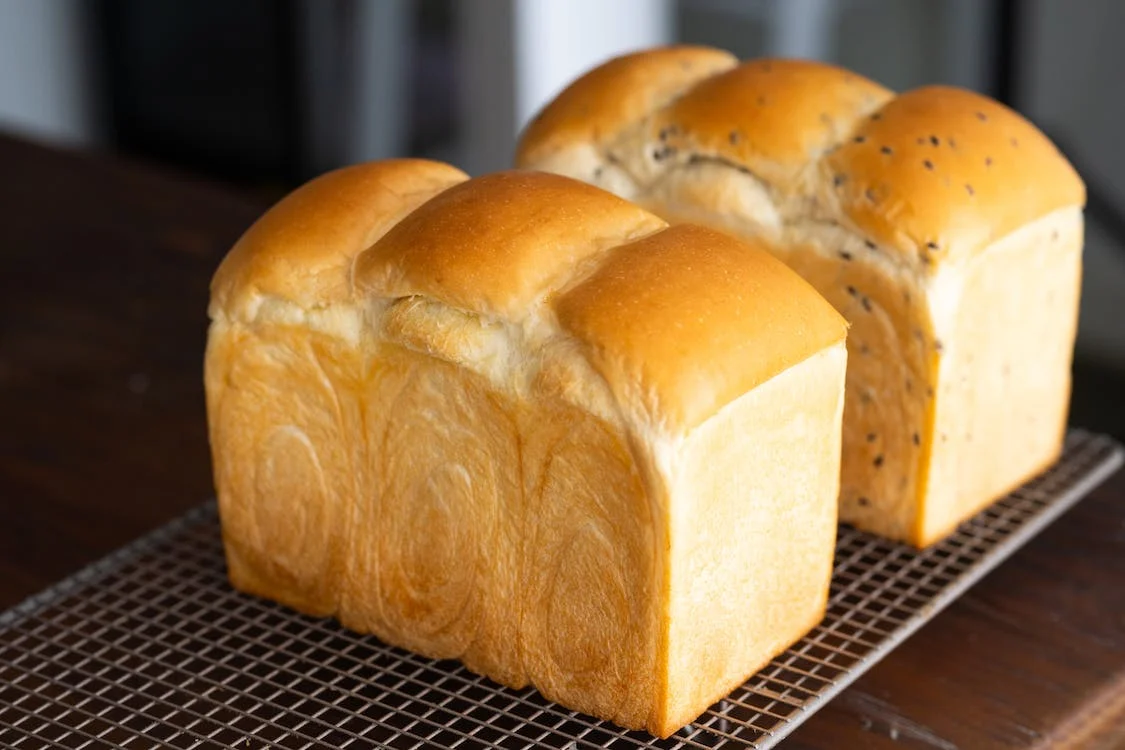Bakeware brings a whole new dimension to home cooking. The internet is brimming with tons of opinions and advice on the subject from technical features and possibilities of more modern equivalents compared to traditional metal cookware to various creative efforts that try to make use of every material in any possible scenario.
Material for bakeware can have very different properties and effects on baked food. That’s why it’s important to always be aware of what kind of result you’ll get if you use a particular type of material in your pan, as well as how you’re going to utilize all the other tools at your disposal as a home cook.
Today, we’re going to focus specifically on loaf pans and try to break down what the features of any material that’s used in pans are and what purpose each material can serve in different cooking situations.
The main contestants are glass, silicone, aluminum, cast iron, and ceramic; these are by far the most popular types of loaf pans, and they are incredibly easy to find.
Metal
There’s a variety of metals that baking pans are made of. The most prominent are, of course, aluminum and cast-iron variants.Although the main quality of aluminum is its incredible heat productivity and light weight relative to other metals, which means it will heat up very fast. Another positive quality of aluminum pans is that you don’t have to worry about rust. Aluminum is very much a surefire option in this department, as you don’t have to maintain aluminum pans to keep the rust away. One major disadvantage of aluminum, however, is that you probably have to limit the dishes you’re baking to low-acid ones since aluminum can react with acidic products, such as tomatoes. Aside from all that, its other qualities are rather lacking in comparison with cast-iron, a more versatile, durable and overall more balanced metal for use in an oven. In addition, cast-iron pans also retain heat for longer periods of time, although it also takes longer for them to heat up.
Glass
Glass is a material familiar to us from time immemorial; however, it too can have qualities that need clarification, such as the fact that this material is one of the most heat-conductive materials considered here, except for metals, which are absolute winners in this category. This simply means that if you’re making something that has lots of sugar in it, tread carefully around leaving your glass pan in the oven for too long, since your pound cake can start to burn quicker than in the case of, for example, a silicone pan. The same types of precautions can be applied to ceramics as well. Also, be sure to grease your glass pan when baking as glass won’t give your baked goods away that easily.
Ceramics
Ceramic molds share a lot of similarities with their glass equivalents and, much like glass, also require a more cautious approach to checking your baked goods a bit earlier than needed. Not to forget the unique visual appeal of ceramics. After all, glass is much more common in our kitchens than this material.
Silicone
A silicone loaf pan, on the other hand, is on a slightly different side of the spectrum when it comes to burning — crispy brown is not something that comes easily to this type of material. That does not indicate, however, its general inferiority. Besides being non-stick (compared to all other pans), and if used correctly, it produces a perfect browning effect just like with metal or ceramic pans. Not to mention all the other advantages that silicone has up its sleeve, such as flexibility, light weight, and non-stick properties. And not to worry, silicone is actually a rather durable material that can easily stand temperatures up to 450 ºF. Another beautiful but often overlooked quality of silicone is its ability to hold frozen confectionery without any problems. So if you happen to have a sweet tooth, silicone might just surprise you one more time.
As you can see, choosing the right baking pan strictly depends on your particular needs and goals. Try to consider what type of food you happen to gravitate towards the most and take it from there, or try being a little adventurous with your baking. The choice is always yours

